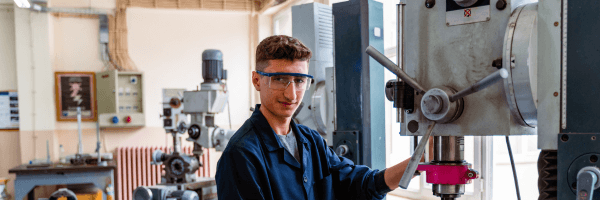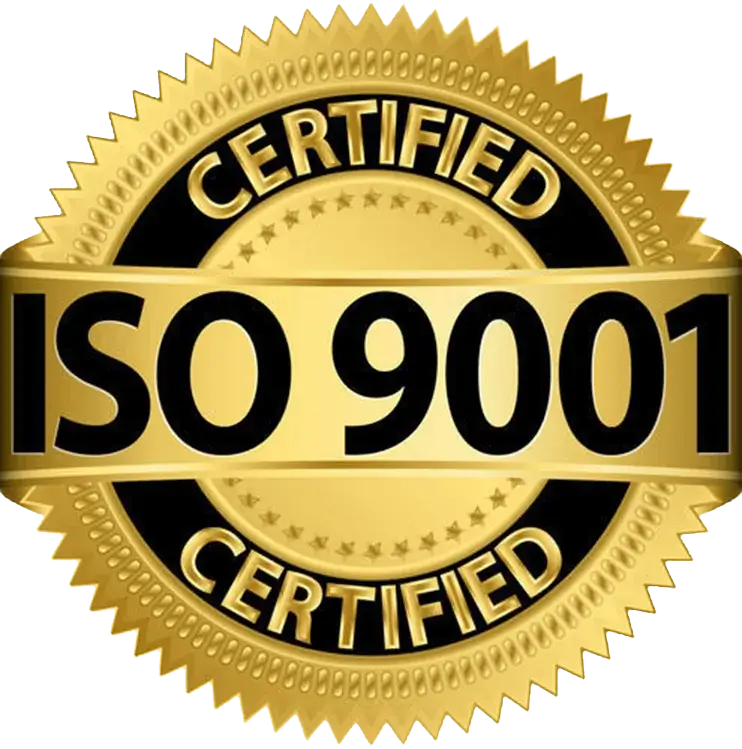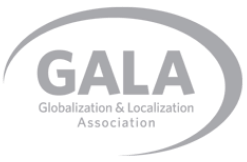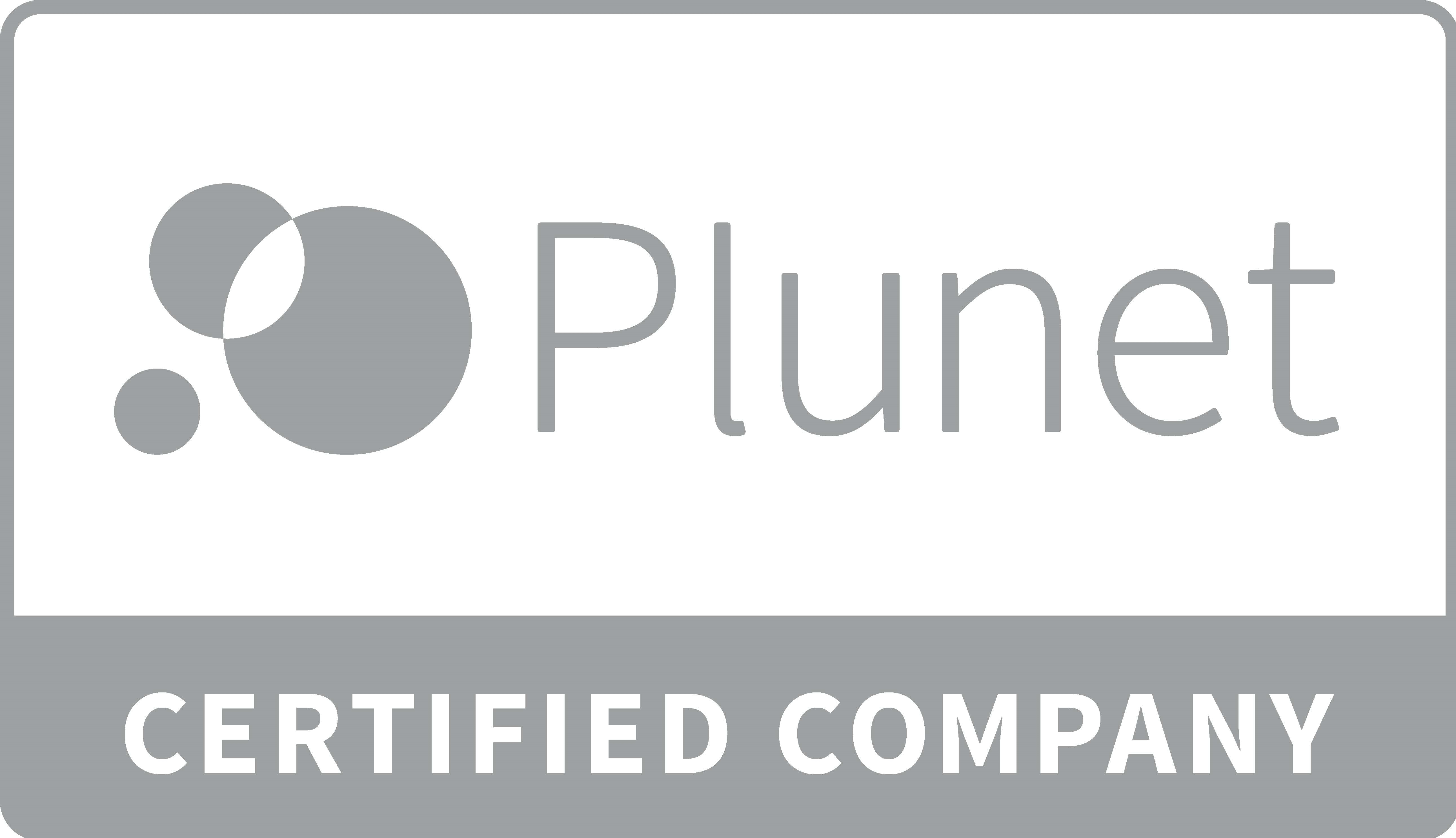A practical guide to Technical Training to enhance safety, compliance, and productivity in machinery and operations.
Operating heavy and complex machinery, meeting regulatory requirements, and executing precise tasks leave no room for improvisation. Without structured Technical Training, companies face higher incident rates, process variability, rework, downtime, and non-compliance risks.
This guide explains how technical (hard skills) training—including regulatory standards training, machinery technical training, safety training, and operational technical training—builds competence, improves safety, and optimizes resources. You’ll find practical frameworks, examples, and metrics to help you design and scale programs that deliver real results.
You’ll find practical frameworks, examples, and metrics to help you design and scale programs that deliver real results.
What is Technical Training?
Technical Training refers to structured learning programs focused on developing the hard skills required to perform professional tasks accurately and safely.
It covers:
- Equipment operation: Preparing, operating, inspecting, shutting down, and troubleshooting heavy and complex machinery.
- Regulatory compliance: Standards training aligned with legal requirements and industry norms.
- Safety protocols: Safety training on hazard identification, lockout/tagout, confined space entry, and PPE usage.
- Operational excellence: Technical operational training for process standardization, quality control, and optimization.
Why it matters: measurable business results
- Fewer incidents and near misses: Task-based technical training reduces risk exposure and improves adherence to critical controls.
- Higher machine availability: Skilled operators spot issues earlier, cutting unplanned downtime and maintenance costs.
- Faster onboarding and cross-training: Role-based curricula shorten the time to autonomy, improving workforce flexibility.
- Better quality: Standardized methods reduce process variations and defects.
- Compliance assurance: Documented regulatory training lowers compliance risks and audit findings.
- Innovation: Knowledgeable operators propose practical improvements, driving continuous enhancement.
Key components of effective technical training
1) Competency-based design
- Task mapping: Break roles into tasks and subtasks (operate, inspect, maintain, troubleshoot).
- Define competencies: Knowledge, skills, and behaviors required for each task.
- Set proficiency levels: Basic, intermediate, advanced—each with clear performance criteria.
2) Blended learning for skill transfer
- Microlearning: Short modules on machine theory, safety rules, and SOPs.
- Simulation & VR: Safe practice for high-risk tasks (e.g., crane operation, confined space entry).
- Hands-on labs: Step-by-step supervised practice using real equipment.
- Guided on-the-job practice: Coaching and checklists to reinforce correct execution.
- Performance support: Quick reference guides, visual instructions, and mobile SOPs at the point of use.
3) Assessment & certification
- Knowledge checks: Quizzes on risks, controls, and procedures.
- Practical demonstrations: Checklists for hands-on tasks (pre-start inspection, lockout/tagout, emergency stop).
- Scenario simulations: Responses to abnormal conditions (pressure spikes, sensor failures).
- Recertification: Time-based or event-based (after incident, equipment change, or SOP update).
4) Continuous improvement
- Feedback loops: Gather operator suggestions and lessons from incidents to update training.
- Metrics dashboard: Track completions, scores, incident rates, MTBF/MTTR, and first-pass yield.
- Change management: Communicate updates and provide just-in-time refreshers after process or equipment changes.
Machinery technical training: from basic to advanced
- Orientation & safety: Machine hazards, pinch points, energy sources, emergency stops, PPE.
- Pre-operation inspection: Fluids, guards, interlocks, indicators, calibration.
- Start-up & shutdown: Standard sequences to avoid equipment stress and unsafe states.
- Normal operation: Speed, rates, load limits, and quality-linked controls.
- Abnormal conditions: Alarm logic, fault codes, escalation protocols.
- Basic maintenance: Cleaning, lubrication, filter changes, preventive maintenance logs.
- Advanced skills: Optimization (cycle time adjustments, wear analysis) aligned with production KPIs.
Regulatory standards training & compliance integration
- Policy alignment: Linking training objectives to regulatory requirements and internal standards.
- Documentation: Attendance logs, test results, valid certificates stored centrally.
- Field verification: Supervisor observations to confirm skills transfer to real operations.
- Audit readiness: Updated matrices linking roles, required training, and recertification dates.
Safety training as a central pillar
- Hazard identification: Job hazard analysis (JHA) and risk matrices in every module.
- Critical controls: Lockout/tagout, machine guarding, working at heights, confined space, hot work.
- Emergency response: Fire, spill, entrapment, and medical incident drills with defined frequencies.
- Human factors: Fatigue, distractions, and ergonomics to prevent error-prone conditions.
Operational technical training: standardization & quality
- SOP mastery: Visual standards, checkpoints, go/no-go criteria.
- Quality at the source: First-piece verification and statistical checks integrated into the workflow.
- Shift handover protocols: Routines to ensure continuity and capture deviations.
- Lean methods: 5S, SMED for setups, and error-proofing to stabilize processes.
Technical training example: role-based path
Role: Forklift/Pallet Jack Operator
- Module 1: Equipment fundamentals and stability triangle.
- Module 2: Safety training (pedestrian zones, speed control, stacking).
- Module 3: Practical maneuvers (narrow aisles, ramps, docks).
- Module 4: Battery/gas handling and preventive checks.
- Assessment: Written test + practical driving evaluation with scoring rubric.
- Recertification: Annual or after incident, near miss, or equipment change.
Expected results: Fewer collisions, reduced product damage, faster loading times.
How to scale technical training
1) Build a competency matrix:
- List roles and tasks; define levels and required training (including regulatory).
2) Prioritize by risk and impact:
- Train high-risk/high-frequency tasks first; align with safety and production KPIs.
3) Create blended curricula:
- Mix theory, simulation, practice, and coaching; provide multilingual support if needed.
4) Certify instructors:
- Require technical expertise and instructional skills; standardize checklists across sites.
5) Digitize the workflow:
- Use an LMS to assign training, track progress, host microlearning, and manage certificates.
6) Verify on the floor:
- Supervisors conduct regular observations; record evidence with photos and signatures.
7) Measure & adjust:
- Link training data with incident logs, downtime, scrap, and productivity to measure ROI.
Key metrics to track
- Safety: Total Recordable Incident Rate (TRIR), near misses per 10k hours, lockout/tagout violations.
- Reliability: MTBF and MTTR of critical assets after operator training.
- Quality: First-pass yield, defect PPM, rework rates.
- Productivity: Cycle time, OEE, setup duration.
- Learning: Completion rates, test scores, time to competence.
Common mistakes & how to avoid them
- Generic content: Customize by role, machine model, and site-specific risks.
- Session overload: Break into short modules, use spaced repetition.
- Weak assessments: Apply observable criteria and scenario-based evaluations.
- Poor documentation: Centralize records and automate recertification alerts.
- No reinforcement: Offer job aids, coaching, and refresher microlearning based on performance.
Safety & innovation go hand-in-hand
Many teams see compliance as just a formality. Done right, technical training frees operators to innovate within safe limits. Clear standards reduce variability, making it easier to identify genuine improvement opportunities.
For example, a team trained in sensor calibration and trend analysis can confidently adjust parameters, boosting throughput without increasing defects.
Action checklist
- Map roles, tasks, and risks.
- Build competency and training matrices.
- Develop blended content with practical assessments.
- Certify instructors and standardize checklists.
- Deliver via LMS and track certifications.
- Verify execution on the floor and provide feedback.
- Link results to safety, quality, and productivity KPIs; review quarterly.
Conclusion
Technical Training is a strategic foundation for safer, faster, and more consistent operations. By combining regulatory standards training, safety training, machinery technical training, and operational technical training into a competency-based system, you reduce accidents, minimize downtime, and encourage innovation on the shop floor.
Start with high-risk roles, balance theory with rigorous practice, and track what truly matters. The payoff comes in stability, compliance, and proven performance.








